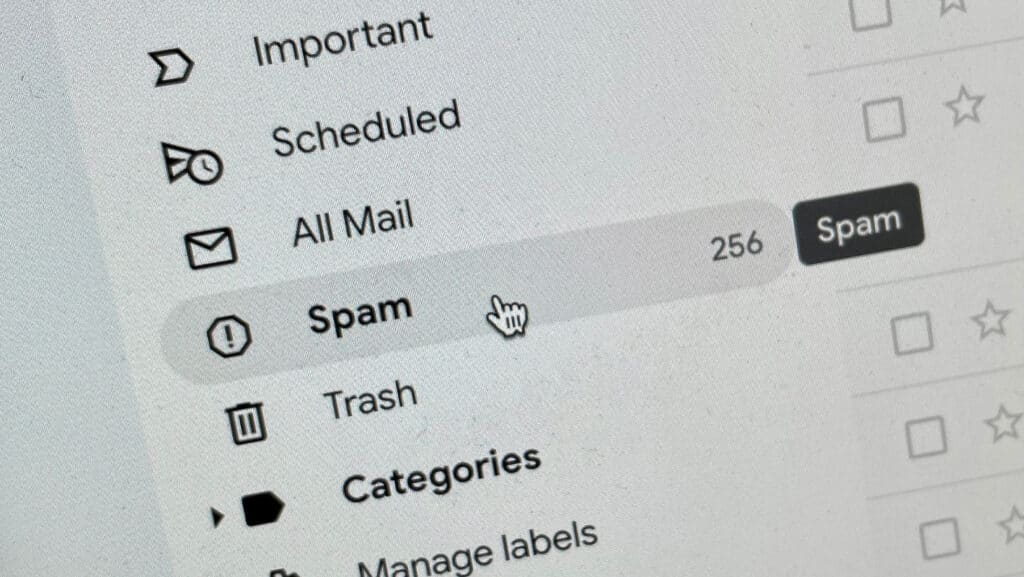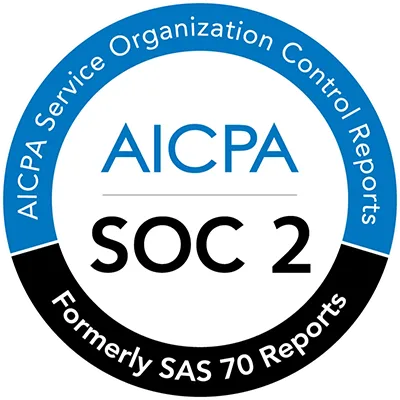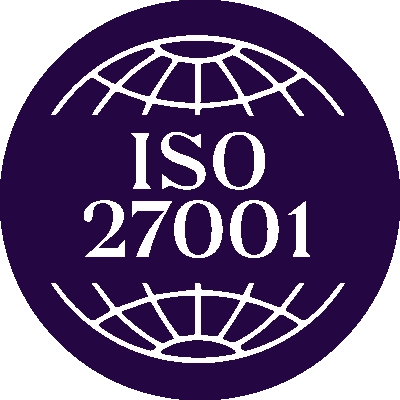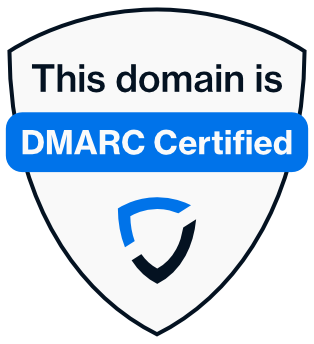Blog article
- 6 minutes read
- Sendmarc
Critical Cybercrime Defence – DMARC and Anti-spam
Every year the use of email continues to grow and so too does cybercrime. Layered email cyber defence is critical in fighting cybercrime.

Layered email cyber defence critical in fighting cybercrime: a $ 10.5 trillion global industry by 2025
Every year the use of email continues to grow and so too does cybercrime. Without exception everyone who uses email is a potential target at any time, and cyber criminals are growing in number, skill and daring. They are using more and more sophisticated methods to infiltrate organisations, trick employees with near to undetectable forgery of emails and websites, and “defraud” organisations of huge sums of money.
The robbery could take the form of once-off payments or continual payments in situations when a company is completely oblivious to the fact they are paying fraudulent invoices, and in some cases, the fraud doesn’t come to light for many months.
An easy to use and fast tool for business communication, email usage continues to grow and it is predicted that by 2025, around 376.5 billion business and consumer emails will be sent daily. The email environment is constantly, and at unprecedented speeds, dealing with traffic from multiple internal and external sources.
Securing and safe-guarding email

There are design differences between the two directions of email traffic. It is critical, therefore, to mitigate the different security risks that each present. This requires companies to adopt a targeted, layered and interconnected cyber security defence. To fully protect the email environment and safeguard their brand, employees, partners and suppliers, organisations must ensure that every area of potential vulnerability open to exploitation by cybercriminals is secure and safeguarded. Business must start by implementing the appropriate technology that addresses each particular security hole.
Organisations need both DMARC and perimeter email security to fully secure and safeguard their financial, operational and reputational integrity, and mitigate security risks. Without the correct implementation and use of both, a company’s email security will be compromised putting their brand, employees, customers and partners at risk. Sendmarc’s DMARC implementation methodology takes into consideration a business’s perimeter email security solution, ensuring that DMARC and perimeter email security are working seamlessly together, and each is providing the designed security measures.
First came perimeter email security and anti-spam…
Every email user is very familiar with spam. That unwanted, unsolicited email that pops into the inbox – sometimes out-numbering wanted, useful and important emails. It is reported that the first ‘bulk spam’ was sent in 1978, and since that time spam has grown into a thriving business with over 122 billion spam emails sent daily in 2021 according to DataProt. Every business should be investing in anti-spam software to ensure employees’ inboxes are not filled with irrelevant, unwanted, annoying messages, which could also be dangerous.
Spam flooding an inbox greatly affects productivity, increases the chance of legitimate, important emails being overlooked and is a security risk. Perimeter email security (which includes anti-spam) is a no-brainer must have. It blocks spam before it reaches the inbox, whilst letting through legitimate emails that enable employees to do their job and add value to an organisation. It is a defence against malicious external attacks, reducing the risk of employees being subject to phishing scams. It also acts as a form of email management, so the inbox is an effective, efficient, productive tool that facilitates better business communication.
Perimeter email security software is all about the monitoring and filtering of incoming email, and an important defensive barrier to avoid malware, virus and phishing attacks that are sent from outside sources.
However, perimeter email security is not capable of protecting an organisation from cybercriminals who send forged emails that fraudulently use a company’s domain to send attacks to people outside of an organisation’s control, i.e. everyone else in the world including customers & suppliers.
Whilst anti-spam and anti-virus software deal with the security of incoming mail and have done for many decades, the issue of forged mail is not solved with these solutions.

Cybercriminals are hijacking emails
DMARC is the only mechanism that gives companies full control over their domain name.
DMARC stops any fraudulent, unverified email that is claiming to come from a company from reaching an inbox. It is a relatively new standard, having been first published in 2012, compared with the first spam filtering software which dates back to the mid 1990s. But DMARC has global acceptance as the ultimate standard, and is the go-to for any organisation truly serious and committed to protecting their brand, employees and meeting data protection requirements.
DMARC is the verification layer of email security. It builds on SPF and DKIM, so that the email domain is fully protected. It also includes a layer of reporting providing full visibility of who is attempting to and using a company’s domain name, legitimately and illegitimately. Because DMARC is able to verify all authentic emails sent from an organisation, and ensure they are the only ones that reach an inbox. The email is fully verified and is not tagged as suspicious and diverted to junk, halted or quarantined. This results in greatly improved deliverability of a company’s emails to the intended recipient.
DMARC performs a very different cyber security role to standard email security platforms. However, they are complementary in nature, and together provide much stronger security defence posture when both are correctly configured and implemented. Both play an essential role in protecting a company from cyber criminals who are increasingly using email to engage in fraudulent activities. Because email security platforms are part and parcel of the email environment, Sendmarc works with all email security providers to ensure that all security solutions protecting the email environment are able to continually deliver the highest levels of protection to a business.
Are you at risk?

As mentioned previously, the security risks associated with inbound and outbound email vary significantly and it is important that companies implement the appropriate security solutions for each. Knowing exactly how at risk you are takes less than five minutes. A self-administered online analysis, that calculates the risk profile of your domain using a highly sophisticated algorithm can help you to take the necessary immediate action to safeguard your business, by securing your brand using DMARC.
Five minutes of your time today to know your security score, could save your company hundreds or millions of dollars in the future. Cybercrime is the world’s fastest growing crime – don’t be a victim.






